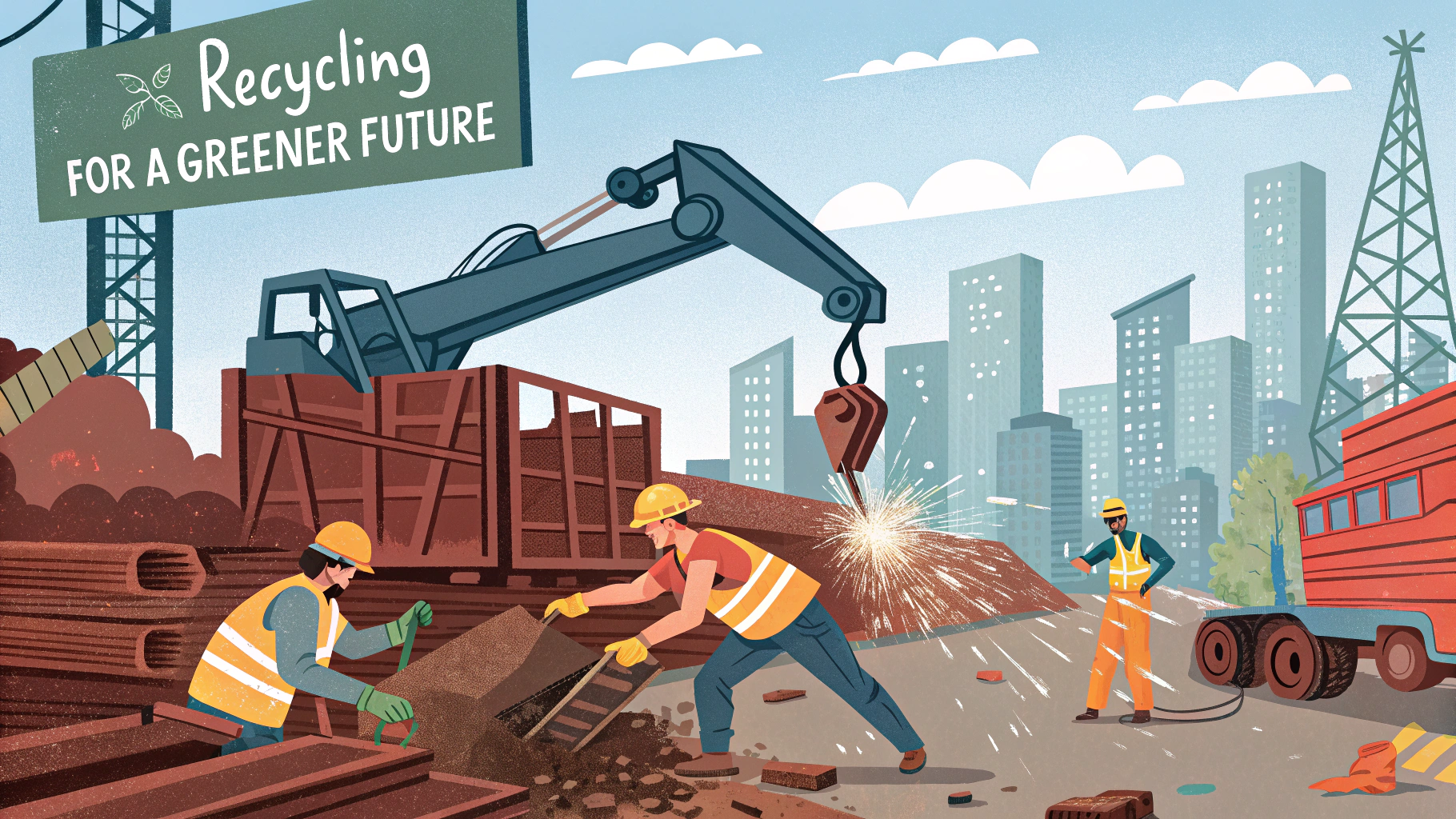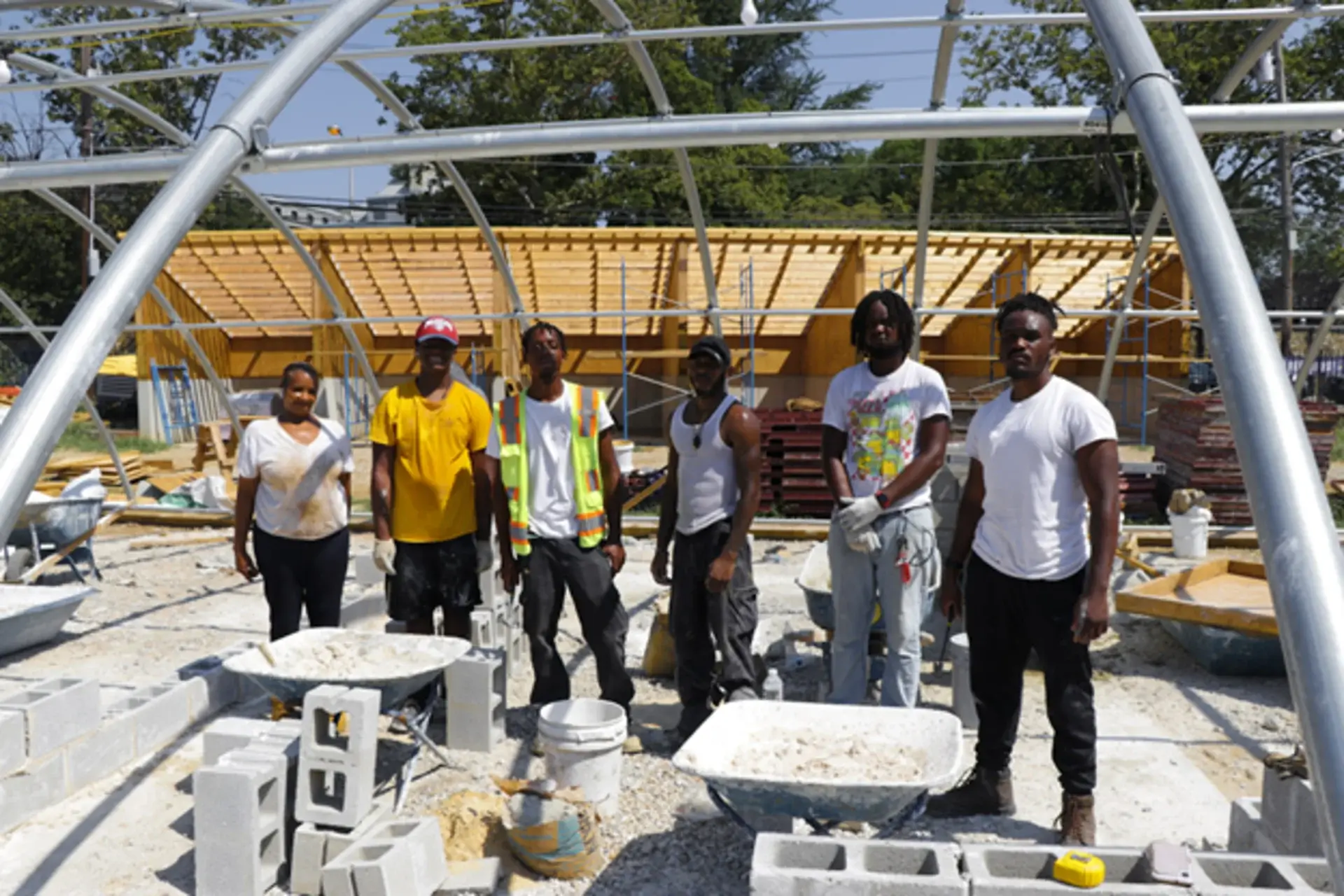The global shift toward sustainability is completely changing skilled trades careers. By 2025, renewable energy and green construction jobs will grow three times faster than the national average, according to the U.S. Bureau of Labor Statistics. For electricians, plumbers, and construction managers, this transition offers a chance to merge technical expertise with environmental impact. Solar installers wiring homes for clean energy and green plumbers retrofitting buildings for water efficiency aren’t niche roles anymore, but they’re powering a $1.98 trillion construction sector and a renewables industry adding millions of jobs annually.
This evolution reflects more than policy changes or tech trends. It’s reimagining how skilled trades careers intersect with planetary needs. Let’s explore where opportunities lie and how workers can adapt.
Why Skilled Trades Careers Are Leading the Green Revolution
Renewable Energy Dominates Hiring
The solar industry added over 15,000 U.S. jobs in 2023, while wind turbine technician roles will grow 60% by 2033, a pace unmatched in traditional trades. These positions focus on building climate-resilient infrastructure, from maintaining offshore wind farms to optimizing battery storage systems.
Take Jake Simmons, a former oil rig worker who retrained as a wind technician through a Texas community college program.
“I’m using the same mechanical skills,” he says, “but now I’m part of the solution.”
His story mirrors a national shift: 48% of renewable energy professionals reported salary increases in 2025, outpacing fossil fuel sectors.
Green Construction Goes Mainstream
Sustainable building practices now drive mainstream projects. Construction waste, equivalent to 12,000 fully-loaded cargo ships annually, is being slashed through “urban mining,” where materials like steel beams and copper wiring get reused from demolished buildings.

Modular prefab techniques cut waste by 30%, while LEED-certified projects have surged 19% since 2022.

Maria Torres, a sustainable construction manager in Phoenix, explains:
“We’re not just erecting buildings. We’re creating ecosystems, installing rainwater capture systems, solar-ready roofs, and smart HVAC that adjusts to desert heat.”
Tech Transforms Eco-Friendly Trade Jobs
Digital tools amplify precision in green trades. Augmented reality guides electricians to optimize solar panel placement, reducing installation errors by 22%.

Drones inspect wind turbine blades for micro-cracks, while AI software predicts energy output for rooftop arrays.

Top Sustainable Building Careers in Modern Construction
-
Solar Photovoltaic Installers: Projected to grow 48% by 2033, these professionals install rooftop panels and battery systems. Community colleges like Solar Energy International offer six-month certifications, often paired with paid apprenticeships.

-
Green Plumbers: In drought-prone regions like California, these specialists install graywater recycling systems that reduce household water use by 40% per retrofit. The EPA’s WaterSense certification has become a gold standard for training.

-
Wind Turbine Technicians: With 60% growth projected, this role demands mechanical aptitude and climbing certifications. Offshore projects in the Great Lakes and Atlantic Coast offer premium wages.
-
Sustainable Construction Managers: Overseeing LEED-certified builds, these managers coordinate waste reduction and source recycled materials. Salaries average $85,000-$120,000 for those with OSHA-30 certifications and energy auditing skills.

How to Launch Your Eco-Friendly Trade Career
Vocational Programs and Apprenticeships
Most green trades prioritize hands-on learning. Solar installers often start with six-month certifications at technical schools, while green plumbers complete union apprenticeships paired with EPA water efficiency courses.

University Pathways for Specialized Roles
Renewable energy engineers, earning $110,000 on average, typically hold mechanical engineering degrees with sustainability electives. Sustainability managers often combine MBAs with ESG (Environmental, Social, Governance) training.
Navigating Challenges in the Green Transition
Relocating for Renewable Energy Trades
Fossil fuel workers in regions like Appalachia face geographic mismatches. Coastal wind farms and urban solar projects often require relocation, though initiatives like mobile training units and stipends are bridging gaps.
Upskilling the Workforce
Only 13% of workers currently have green skills. Microcredentials, which are short courses in solar installation or circular economy principles, are closing this gap. Companies like Tesla now sponsor in-house “green skill” boot camps for electricians.
Policy Driving Change
The Inflation Reduction Act’s $369 billion in clean energy investments includes tax credits for firms hiring apprentices. California’s SB 1132 mandates that 15% of construction apprenticeships focus on green skills by 2026.
Sustainability as the New Standard
Consumer demand accelerates this shift with 72% buyers paying more for sustainable homes, fueling retrofitting jobs nationwide. Certifications like LEED and Energy Star ensure quality, giving certified workers a hiring edge.
“We’re not just building solar farms,” says Torres. “We’re retrofitting every structure to serve a net-zero world.”
Your Next Move
The future of skilled trades careers is green, but adaptability is key. Explore apprenticeships through local unions or calculate your earning potential with the Department of Energy’s Green Job Salary Tool. As Maria Torres puts it:
“Every pipe you install, every panel you wire is all part of rebuilding our world.”
The tools exist. Now it’s your turn to wield them.

